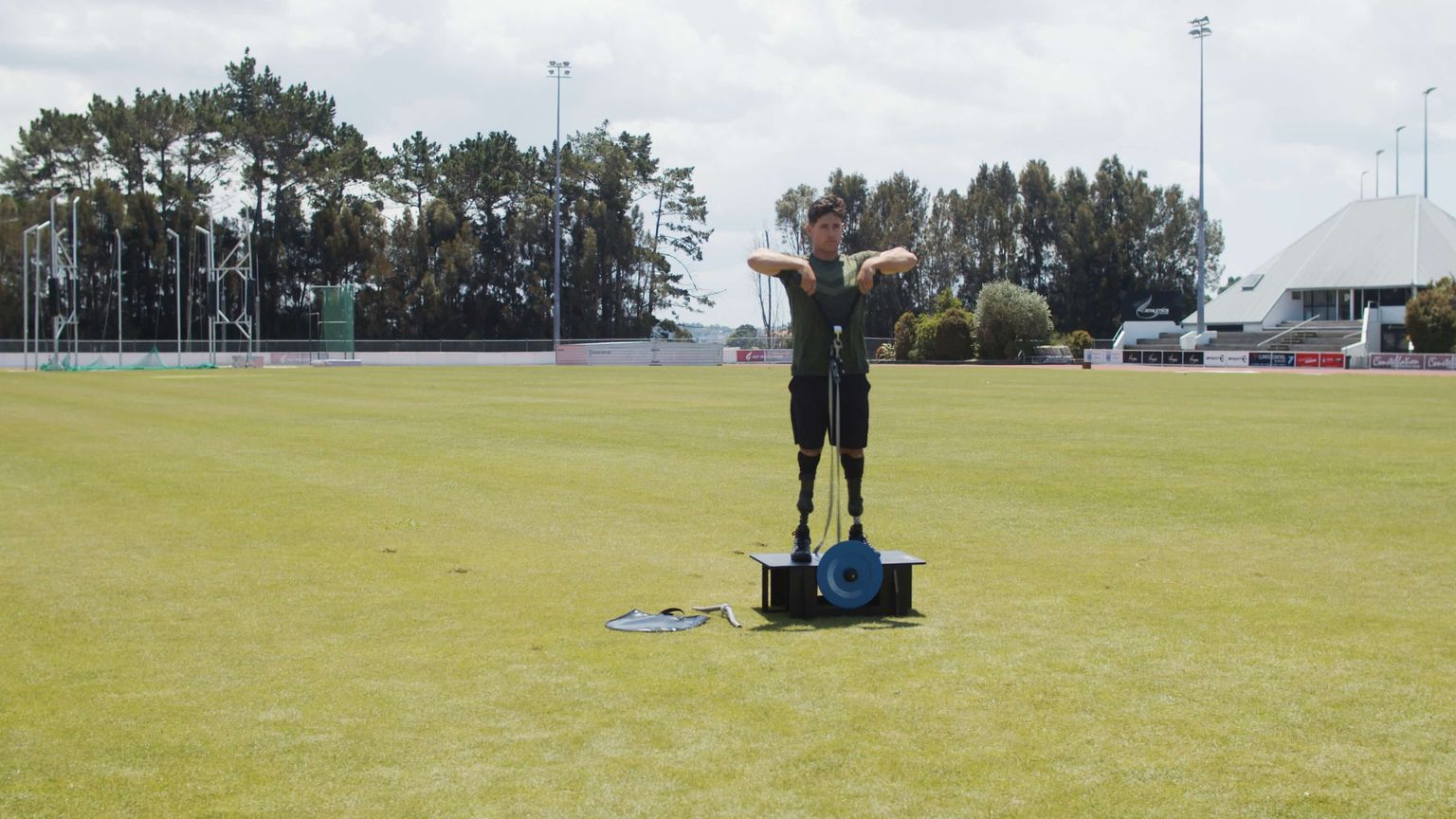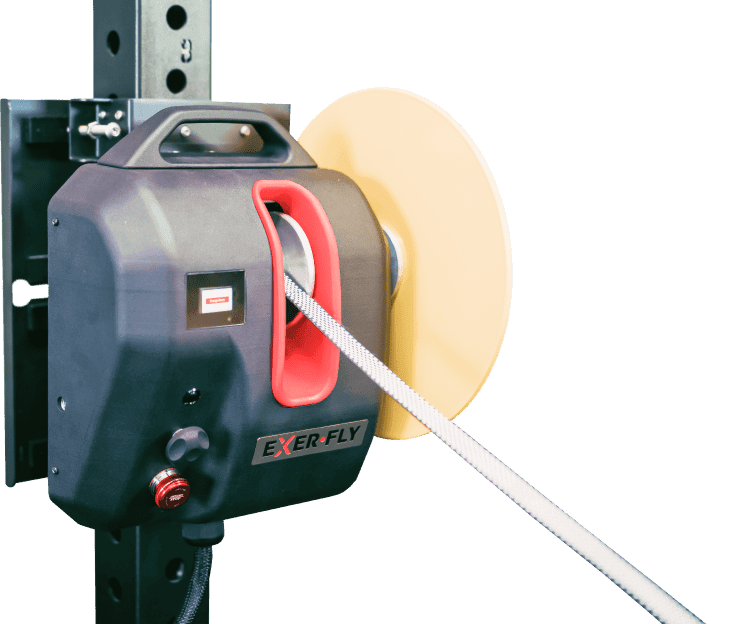
The High Pull Exercise: A Comparison Between a Flywheel Device and Free Weights
Introduction
This study looked at the kinematics, kinetics (force, velocity and acceleration), and blood lactate concentration of a flywheel device compared to free weight exercises with a similar load. Olympic lifts and sports exercises share similar movement patterns, such as the clean and jerk which are primarily present in neuromuscular training programs of athletes from different modalities.
Most competitive sports training regimes incorporate resistance training methods that accentuate the eccentric portions of strength exercises. This enhances neural, hypertrophic and strength adaptations compared to conventional resistance training, which has equal concentric and eccentric loads.
One of the few studies investigating the kinematics and kinetics of flywheel training looked at net joint kinetics of multi-joint exercises (i.e., front squat, lunge, and push press) performed with a flywheel device compared to free weights.
It showed that dynamic lower and upper extremity action exercises benefited from flywheel inertial resistance because of the increased mechanical demand for knee extensors. However, the force, velocity, and acceleration profiles were never examined.
Therefore, this study aimed to examine a flywheel device's kinematics and kinetics compared to the same free weight exercise at a similar external load.
What They Did
Fifteen rugby players with at least three years of experience in resistance training with flywheel devices and free weights were the subjects of this study. Maximal lower limb power production was assessed using the half-squat exercise in a progressive loading test using a dynamic measurement system.
The initial load was set at 60 kg for all players and was gradually increased in 10 kg increments until the load that elicited maximal power production in the squat movement was obtained. The hang high pull exercise was a standard component of power development.
It could be performed cyclically: in succession without needing to drop and catch the load. The subsequent concentric-eccentric coupled movement seen in the cyclical high-pull created a comparison between the two forms of resistance.
Both tests were monitored by a linear encoder used to measure the displacement, peak velocity, peak acceleration, mean propulsive velocity, mean propulsive acceleration, and propulsive phase during the concentric phase of the exercise.
The flywheel and free weights training sessions consisted of 6 sets of 6 repetitions of high pull exercise performed as fast as possible with 20 sec of recovery between sets. The subjects were divided into two groups, and each group performed two training sessions separated by 72 hours. One started with the flywheel device and the other with free weights.
What They Found
Flywheel training had a higher increase in changes compared to free weights:
- Barbell displacement (+4.8%, small ES),
- Peak velocity (+4.5% small ES),
- Mean propulsive acceleration (+8.8%, small ES),
- Eccentric force (+26.7, large ES)
Blood lactate concentration was also greater after the flywheel exercise (End: +32.9%; 3 min later: +36%; 5 min later: +33.8 %, large ES). Therefore, flywheel training was found to be an efficient training method to induce an accentuated eccentric overload and augmented metabolic demands (i.e., blood lactate concentration).
Practical Application
This study examined the kinematics and kinetics of the flywheel device in comparison with the same free weights exercise. They found for a similar external load, the flywheel offered a substantially higher eccentric overload and augmented metabolic demands (i.e., greater blood lactate concentrations). This shows that flywheel devices could offer a more efficient alternative for power and power-endurance training.
As a practical application, consider replacing free weights with a flywheel device in your current training routine, especially when working for key muscle groups in which you would like to see significant improvement. This could look like this:
Explosive Squats
- 6 sets
- 6 repetitions
- performed as fast as possible
- 20 s of recovery between sets
- Twice a week
Núñez, F. J., Suarez-Arrones, L. J., Cater, P., & Mendez-Villanueva, A. (2017). The high-pull exercise: a comparison between a versapulley flywheel device and the free weight. International Journal of Sports Physiology and Performance, 12(4), 527-532.






